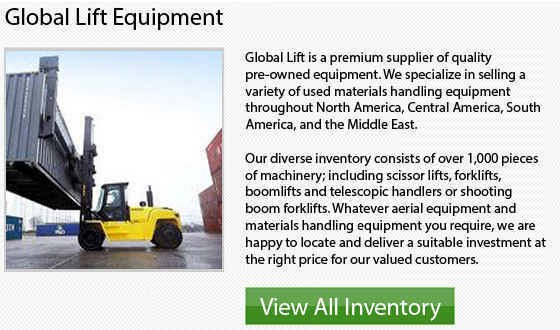
The famous Gradall excavator traces its roots back to the beginning of the 1940s. During this time, WWII had caused a shortage of workers because nearly all of the young men went away to war. This decrease in the labor force brought a huge need for the delicate work of grading and finishing highway projects.
A Cleveland, Ohio construction company referred to as Ferwerda-Werba-Ferwerda faced this specific dilemma first hand. Two brothers, Ray and Koop Ferwerda had relocated to the USA from the Netherlands. They were partners in the company which had become one of the leading highway contractors within Ohio. The Ferwerdas' started to build an equipment that would save both their livelihoods and their business by making a model which will perform what had previously been physical slope work. This creation was to offset the gap left in the workplace when so many men had joined the army.
The brothers first created an apparatus which had 2 beams set on a rotating platform, that was attached on top of a used truck. They utilized a telescopic cylinder to move the beams in and out. This enabled the attached blade at the end of the beams to push or pull dirt.
The Ferwerda brothers improved on their first design by creating a triangular boom to produce more strength. After that, they added a tilt cylinder that enabled the boom to rotate forty-five degrees in either direction. This new unit could be outfitted with either a bucket or a blade and the attachment movement was made possible by placing a cylinder at the back of the boom. This design powered a long push rod and allowed a lot of work to be done.
Not a long time after, many digging buckets became available on the market. These buckets came in 15 inch, 24 inch, 36 inch and 60 inch sizes. There was additionally a 47 inch heavy-duty pavement removal bucket which was available too.